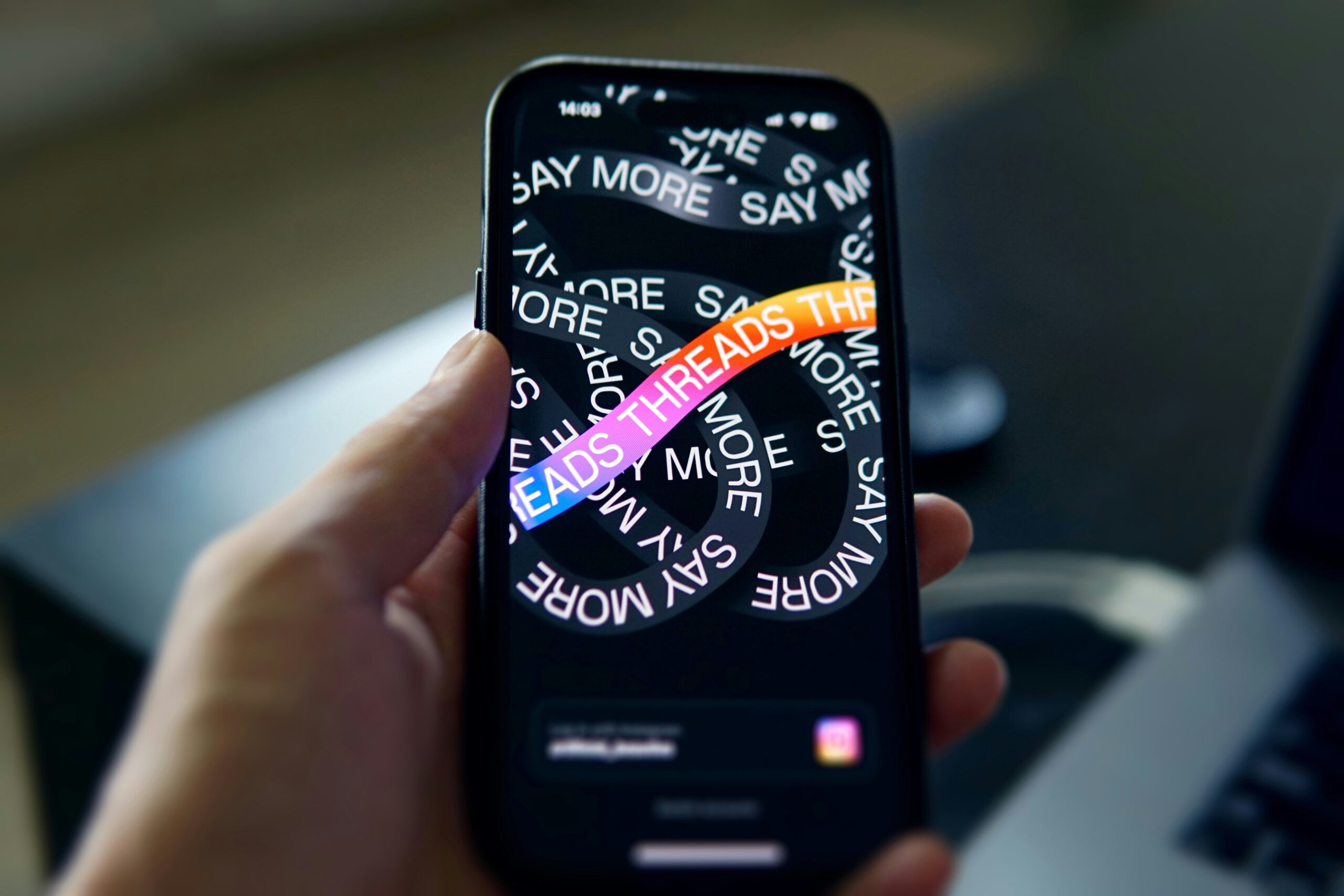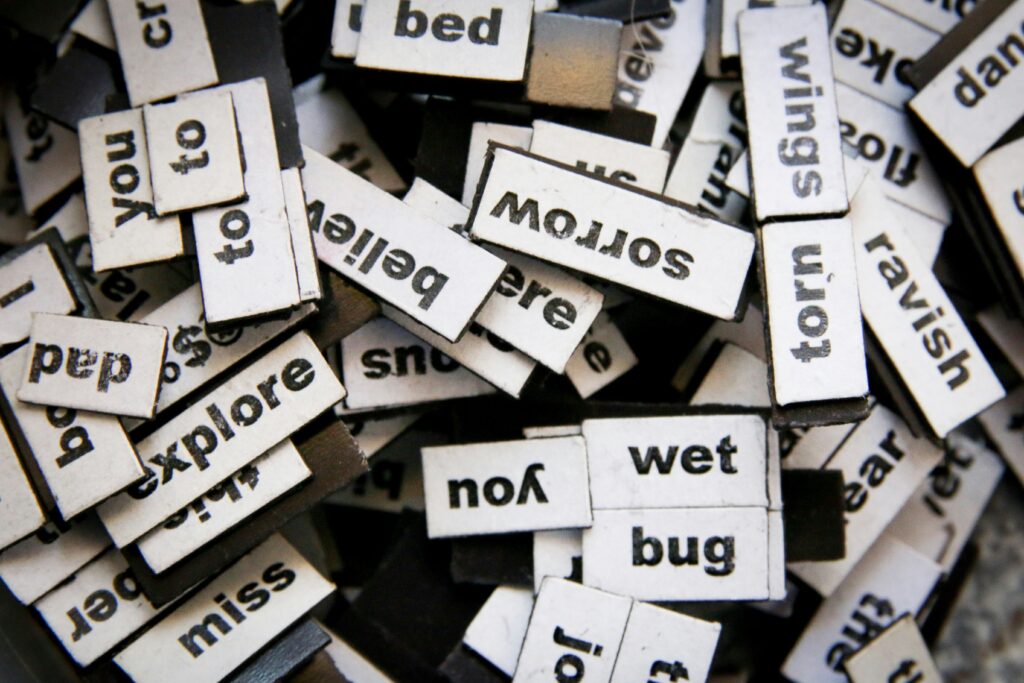Hook: Ever watched a child struggle to spell even the simplest words, their frustration mounting with every attempt? Now imagine handing them an app that turns confusion into clarity with just a few taps.
Welcome to our guide on finding the perfect dyslexia word app. In this post, we’ll dive deep into why these apps matter, how they can transform learning experiences, and which ones are worth your time. You’ll also get actionable steps, insider tips, and real-world examples of people who’ve seen life-changing results. Let’s crack the code together!
Table of Contents
- Understanding Dyslexia: Why Apps Matter
- Choosing the Right Dyslexia Word App: Step-by-Step Guide
- Best Practices for Using Dyslexia Word Apps Effectively
- Real Success Stories: How These Apps Are Changing Lives
- Frequently Asked Questions About Dyslexia Word Apps
Key Takeaways
- Dyslexia word apps bridge gaps in traditional education by offering tailored support.
- Choosing the right app depends on features like text-to-speech functionality, gamification, and user-friendliness.
- Consistency and parental involvement amplify the effectiveness of dyslexia apps.
- Real-life case studies showcase measurable improvements in reading and spelling skills.
Understanding Dyslexia: Why Apps Matter
Dyslexia affects approximately 1 in 10 individuals worldwide, making it one of the most common learning disorders. While dyslexic brains process information differently, this doesn’t mean they’re incapable—it simply means they need tools designed for their unique wiring.
Here’s where dyslexia word apps come in clutch. Imagine having an assistant that reads aloud tricky sentences or converts speech to text at lightning speed. This isn’t sci-fi; it’s today’s reality.

Grumpy Optimist Dialogue:
Optimist You: “These apps will revolutionize learning!”
Grumpy You: “Yeah, yeah—but only if they actually work.” Fair point. That’s why we test everything thoroughly before recommending anything.
Choosing the Right Dyslexia Word App: Step-by-Step Guide
Selecting the perfect app feels overwhelming—but don’t sweat it. Follow these foolproof steps:
Step 1: Define Your Goals
Are you looking for phonics practice, vocabulary building, or writing assistance? Each goal requires different app capabilities.
Step 2: Evaluate Key Features
- Text-to-Speech: Helps users hear what they’re reading.
- Customization: Adjust font size, color overlays, and spacing to suit individual needs.
- Gamified Learning: Fun quizzes and challenges keep motivation high.
Step 3: Test User-Friendliness
A good app should be intuitive enough that a 7-year-old could navigate it without adult help (seriously). Protip: Try free trials first!
Best Practices for Using Dyslexia Word Apps Effectively
- Set Daily Goals: Small wins build confidence over time. Aim for 10–15 minutes per session.
- Mix It Up: Rotate between various apps to prevent boredom and reinforce diverse skills.
- Celebrate Milestones: Finished a level? High five all around!
Rant Alert: Stop buying shiny new apps every week hoping for a miracle. Stick to one proven tool until mastery is achieved. Otherwise, it’s like trying ten diets at once—chaos.
Real Success Stories: How These Apps Are Changing Lives
Case Study 1: Emily, age 9, struggled with basic spelling until she started using *Dyslexia Assist Pro*. Within six months, her teacher reported a 40% improvement in written assignments. Her mom says, “She now beams with pride instead of hiding her notebook.” 💌
Case Study 2: John, a college student diagnosed late with dyslexia, credits *WordWise* for helping him ace his exams. “It’s not just an app; it’s my lifeline,” he shares.

Frequently Asked Questions About Dyslexia Word Apps
Do dyslexia word apps replace professional tutoring?
Nope. Think of them as supplemental tools alongside expert guidance. Alone, they’re helpful—but paired with therapy, they’re unstoppable.
Are there free dyslexia apps available?
Yes! Apps like *Read&Write Lite* offer robust free versions, though premium upgrades often provide more value.
Can adults benefit from dyslexia word apps too?
Absolutely. Lifelong learners use these apps to improve workplace communication, enhance academic performance, and boost self-esteem.
Conclusion
Finding the best dyslexia word app might feel daunting, but armed with the steps above, you’re ready to conquer the challenge. Remember, consistency is king, so pick one fantastic tool and stick with it. And hey, give yourself grace—progress takes patience.
Like a Tamagotchi, your journey needs daily care and attention. So download, explore, and watch confidence bloom. Here’s to brighter futures—one tap at a time.
Haiku bonus:
Words become lightbulbs;
Taps unlock hidden worlds.
Hope blooms digitally.


